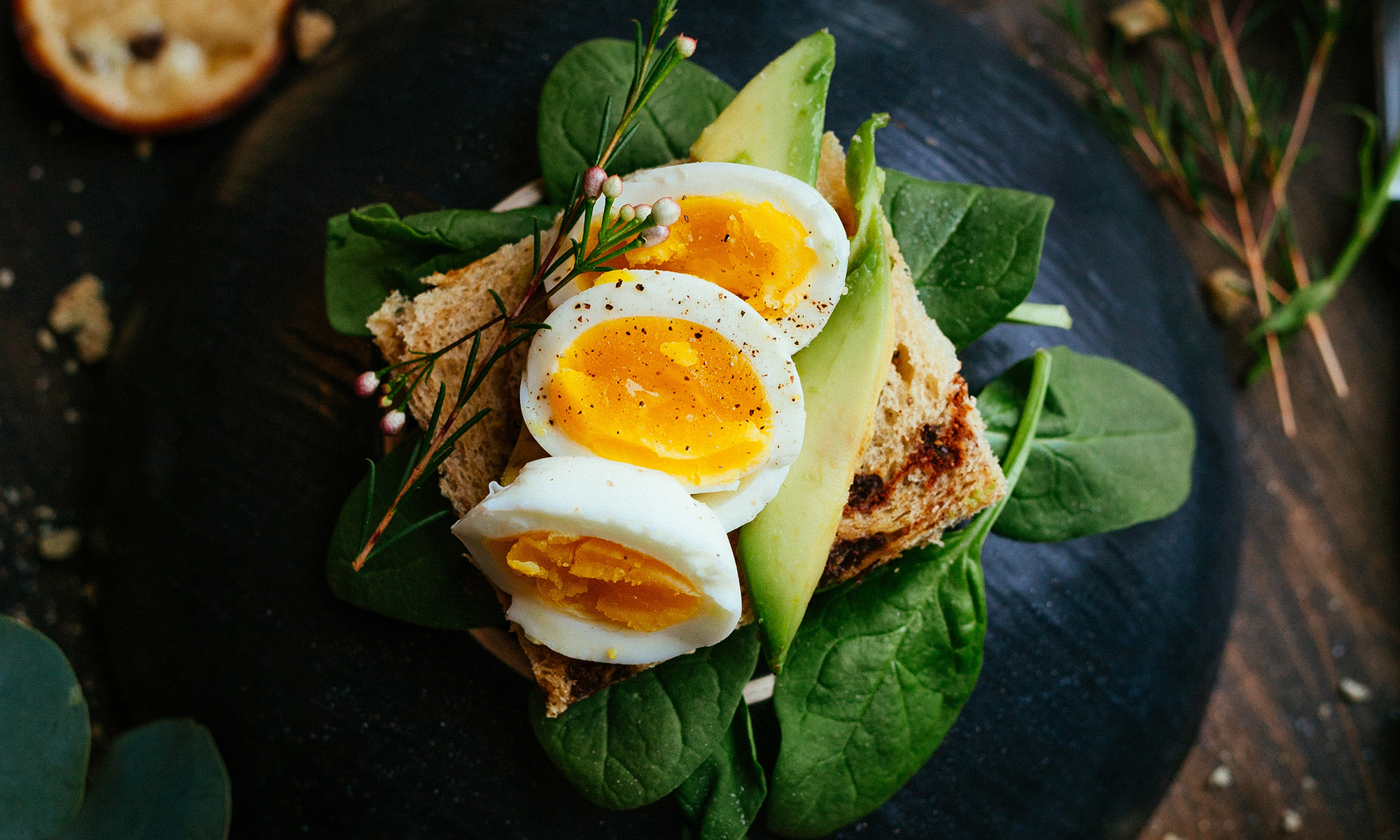Every other day, it seems, another seed catalogue arrives in the mail. And to my surprise, I really enjoy just reading them. With the large mounds of snow still gracing my yard, it’s nice to fantasize about what I will plant this spring.
My typical routine is to buy seed packs at the hardware store, garden center or supermarket. The variety of vegetables is good, but if you want a specific breed of vegetable, such as a Kirby cucumber instead of the generic hybrid, then you should consider ordering through a catalogue.
In addition to having great variety,the Seeds of Change catalogue also has great information about “agronomics.” When planning your spring and summer garden, you will want to consider:
Growing Conditions:
- How warm does the soil need to be before planting? Some seeds can be planted as soon as the ground thaws; others need a soil temperature of at least 65 degrees for germination.
- What is the recommended pH level? You can have your soil tested. Carrots, for example, prefer a slightly lower pH level than tomatoes. Knowing the pH level of your soil can help you determine where to plant different crops.
Planting:
- Can you directly plant the seeds in the ground or transplanted from seedlings started indoors? When seeds are started indoors, they often need to be “hardened off.” The seedlings slowly acclimatize to the outdoors. Bring the seedlings outdoors for the daylight hours, indoor at night for a few days. Then leave them outside for a few days before planting them in the ground. This staged process allows the plant to develop its hardiness for the winds, rain and drought.
- How far apart should the seeds be planted? This will depend on the root structure of the plant as well as its size.
Harvest/Storage
- How do you know when the vegetables are ready to pick? And when they are ready, how should you best store them.
What will you be planting this spring?
I'm still deciding, but on my list are:
- Radishes
- Lettuces
- Turnips
- Beets
- Tomatoes – Pineapple and Cherokee Purple because they were my favorite last year.
- Cucumbers – Kirby because they are the best for pickles
- Snap Peas
- Kale – Tuscan, delicious and prolific
- Celery
- Leeks
- Basil – Genoa and Lemon
- Broccoli – Belstar for its prolific side shoots.
- Carrots – Yaya because they are quick maturing








